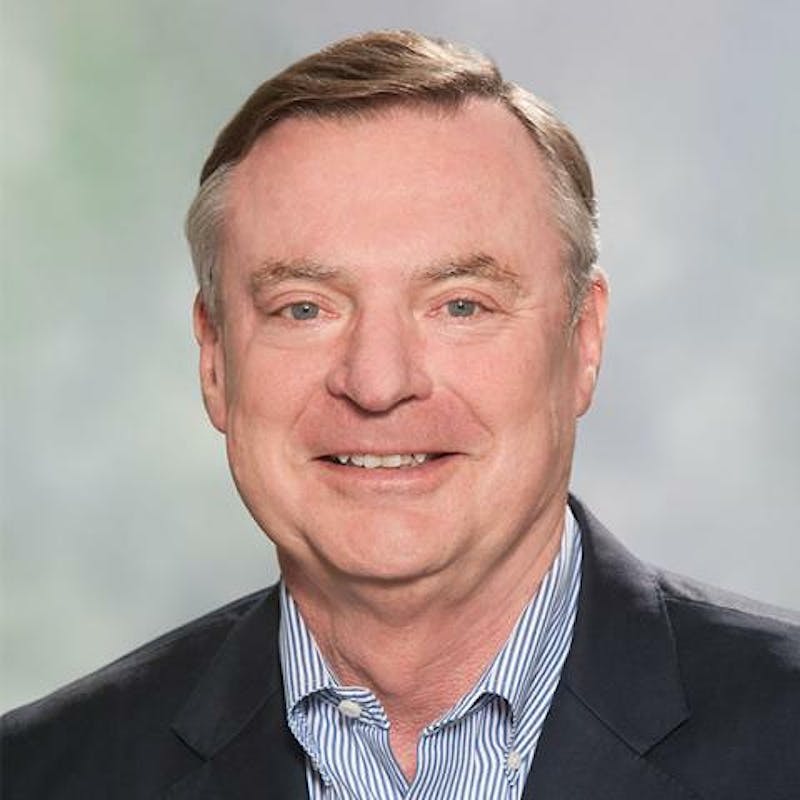Author
First published in the Arizona Daily Star, May 8 2025
Elon Musk’s DOGE has put entire federal agencies in the woodchipper and thrown out several hundred thousand civil servants. Beyond these layoffs and firings are thousands of state, local government, nonprofit, and private sector employees who constitute the public healthcare system of the U.S. This is the so-called hollow state–hollow in the center with myriad contractors located in every community. Contractors and federal employees who oversee the contracts in areas such as aid to rural hospitals constitute a network of people, funds and policy in hundreds of programmatic areas from mental health to reducing infant mortality. These programs function as a network that delivers services and provides employment that ultimately rely upon federal healthcare expenditures.
The federal government directly employs about 2.1 million civilian non-postal workers, roughly the same number as half a century ago, despite a 68% increase in the U.S. population. An estimated 5.2 million individuals work under federal contract. Federal contract managers can oversee up to 5,000 contracts. Contractors contract with local agencies and non-profits. There are additional sub-contracting links in the chain before services reach the citizen. We don’t know the exact size of the hollow state but federal funding accounts for the vast expansion of health and human services over the past 50 years.
The Substance Abuse and Mental Health Agency (SAMHSA) is an example. It plays a key role in funding naloxone distribution to reverse opioid overdoses. Its vital work is carried out exclusively by first responders and NGOs. Similarly, drug counseling and treatment is provided by nonprofits. It is estimated that in 2023, nearly 400,000 people were employed as substance abuse, behavioral disorder and mental health counselors – work mostly paid for under federal grants. About 722 SAMHSA federal civil servants monitor these grants. If their positions and the grants they administer are eliminated, drug treatment, counseling and overdose prevention in all 50 states could collapse.
Over the last 50 years domestic spending quintupled, and nonprofits and state and local governments increased their workforce dramatically. The cascading impact of mass firings, cutbacks and program elimination at the federal level will have a multiplier effect many times greater than direct cuts to the federal workforce. It will threaten the viability of a wide range of programs that support the health of our most vulnerable citizens.
Where will clients go once federally funded services disappear? Those with health problems will likely turn to hospitals which by law must provide emergency services to anyone, regardless of their insurance status or ability to pay. Without direct or indirect federal compensation, hospitals, especially those in rural areas, may shut down. Catholic Charities, the nation’s largest provider of social services relies on government funding for two-thirds of its annual budget. The agency running Meals on Wheels has lost half its staff and experienced the closure of 10 regional offices.
These and related cuts will disproportionately impact low-income, rural, and minority communities – those most in need of services. Health disparities will widen as these communities rely heavily on publicly funded services. Money for Head Start, which provides early childcare and education for low-income families and is funded by HHS’s Administration for Children and Families is slated for elimination.
President Trump’s proposed cuts to health care spending at the state and local levels will savage Medicaid and other safety net programs. They will almost certainly result in reduced healthcare coverage for millions of low-income Americans and others in need. Yet warnings about these outcomes have mostly fallen on deaf ears.
It is shocking that the draconian changes that the Trump Administration is enacting are going forward with such little debate or understanding given their impact. We should always be willing to reform and innovate as the system we have isn’t perfect, but it does provide critical healthcare services to the nation. This is not an effort at innovation or reform, we are engaged in the unilateral disarmament of our healthcare and public health institutions with little consideration of its impact on the health and welfare of our citizens.

